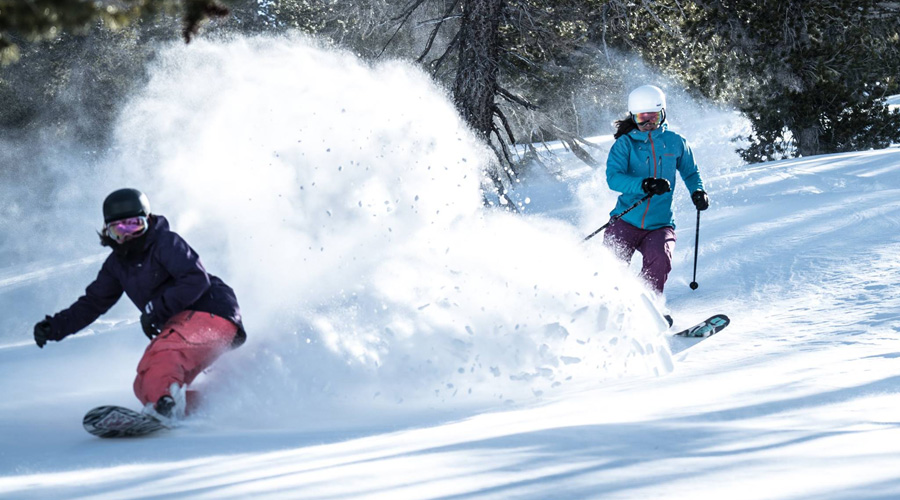Vail Resorts Inc. (NYSE:MTN) reported the return of more normal weather conditions in the Lake Tahoe region helped it grow its retail sales 10.4 percent during the fiscal third quarter ended April 30.
“Our Tahoe resorts benefited from dramatically better conditions throughout the ski season, and achieved record revenue levels in all key business lines,” Vail Resorts CEO Robert Katz told investors on the company’s June 9 conference call. “Our Colorado resorts continued to deliver outstanding results, with growth in visitation and revenue above our record prior year.”
The company attributed the increase in retail revenue to higher sales at stores located at its Heavenly, Northstar and Kirkwood resorts in the Lake Tahoe area as well as stores in the San Francisco Bay Area, where the company owns the seven-door Any Mountain chain of specialty shops.
Vail Resorts’ Retail/Rental revenue reached $79.4 million in the quarter, reflecting a $3.7 million, or 13.6-percent increase in rental revenue in addition to the 10.4-percent increase in retail sales. The increase was attributed to stores near resorts in Tahoe and Colorado, where the company operates the Vail, Beaver Creek, Breckenridge and Keystone resorts. For the nine months ended April 30, Retail/Rental sales reached $214.7 million, up $19.1 million, or 9.8 percent.
Vail Resorts owns more than 185 specialty stores that sell ski, snowboard, cycling, outdoor, golf, tennis and other sporting goods as well as outdoor furniture. Most are located within driving distance of its 11 U.S. mountain resorts, which include Park City Mountain Resort and Canyons in Park City, Utah, Afton Alps in Minnesota and Mt. Brighton in Michigan.
The growth in retail sales lagged the pace set by the other three major sources of the company’s Mountain revenue: Lift, Ski School and Dining. Those revenues grew 17.4, 12.2 and 15.9 percent, respectively, compared with the fiscal third quarter of 2015 thanks to a 13.9-percent increase in skier visits and a 3.1-percent increase in the effective ticket price, which includes the impact from season-pass sales.
Those season-pass sales for next season are off to a strong start, Katz told investors.
“Pass sales through May 31, 2016 for the upcoming 2016/2017 US ski season increased approximately 29 percent in units and approximately 34 percent in sales dollars as compared to the prior-year period through June 2, 2015,” Katz said. “This compares to the growth we reported from our Spring 2015 sales of 12 percent in units and 20 percent in sales dollars, which at the time were record results.”
Katz said the early results represent “the strongest absolute and percentage growth ever in our spring selling season,” and credited part of the strong growth from Northern California, “likely due to the terrific conditions there this season especially as compared to last year,” plus momentum from Colorado.
Based on the positive results for the quarter and looking ahead, Vail Resorts raised its earnings guidance range for fiscal 2016 Resort Reported EBITDA, which includes results at its lodging and mountain operations, but not real estate profits, to $448-$454 million compared with its previous March 10 forecast of $430-$445 million.
Photo Courtesy Heavenly/Vail Resorts
















